Successful Case: Railway Center Buffer Coupler Analysis
Introduction
Industry 4.0 continuously brings numerous innovations to the manufacturing context. These innovations include all engineering areas and have several ramifications of studies and application possibilities. One of the innovations are the digital simulations and, according to SENAI, the term digital simulation can be defined as “Clearly and directly, it can be described as the virtual reproduction of processes and environments of development and manufacturing.” [1].
Railway assets are subjected to many efforts, whether they come from the high loads carried, high vibration rates in these systems, long distances traveled by the trains or the sum of these factors. Therefore, it is possible to conclude that the analysis of these assemblies is very useful and can bring valuable results. Check out in this text, a work of instrumentation, data acquisition and analysis and digital simulation in a Railway Coupler , performed by the KOT Engenharia team!
A company, aiming to evaluate and study the structural conditions of the central buffer coupler in different positions of the wagon in the composition and different tapes configurations, asked KOT to analyze the stresses acting on the components, accelerations acting on the wagon, wagon position in the trip cycle from its geographical coordinates and the wagon speeds along the trip.
Instrumentation
The instrumentation was performed in the wagon, including extensometers, accelerometer and pressure transducers. The data acquisition was performed continuously, during the travel cycles. The project included some couplers, rigid rods and central beams of a wagon. Figure 1 illustrates the proposed instrumentation diagram.

The calibration of the rod was performed in the laboratory in order to obtain the relation of the applied load with the strains obtained by the strain gauges, installed on the rod. To perform the test, a structure was built to fix the rod and hydraulic jacks, which are responsible for applying a known load, as shown in Figure 2. Figure 3 shows some of the installation points of the strain gauges on the side of the rod.
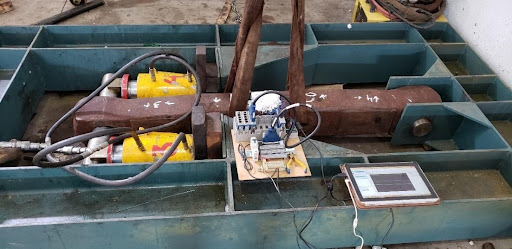
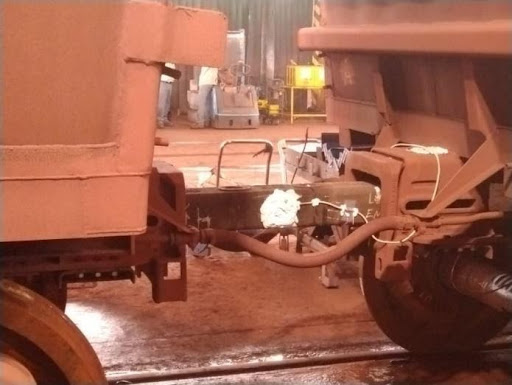
Operational cycle evaluation
The evaluation of the operational cycle was performed through the absolute values of the acting loads, the value of the accelerations in which the highest load amplitudes occurred and the use of the rainflow method. Used to count the peaks of acting load for the evaluation of the impacts between wagons. Figures 4, 5 and 6 show some of these results obtained, respectively.
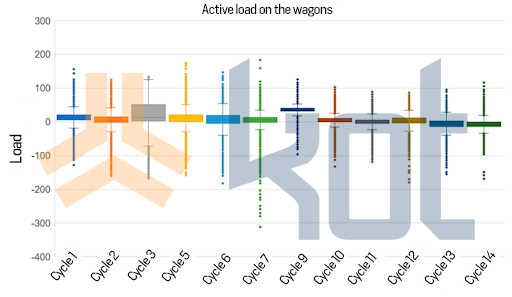
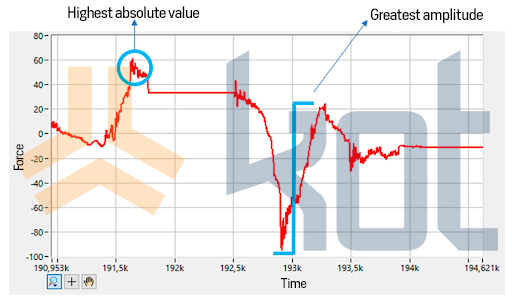
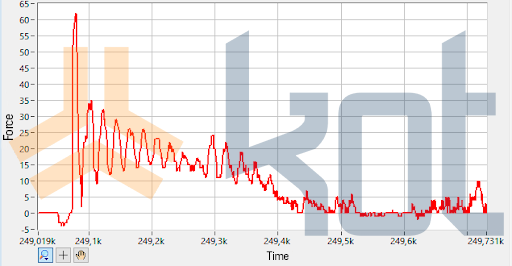
Fatigue Analysis
The fatigue analysis was performed by the rainflow methodology. Each stress peak causes a specific damage through the fatigue curve of the material and when the sum of this damage is equal to 1, the failure of the component occurs. The travel cycles were evaluated individually and the conversion of the life to years was performed.
Evaluating Tape Influence
In summary, the different tape configurations are related to the different wheel sizes of the wagons, that is, the wagon studied may have a wheel size larger or smaller than the wagon to which it is connected, and this will cause a slope in the coupler. These differences of the tape can influence the distribution of the loads as a function of the inclination. The results of the evaluation are presented in Figure 7.
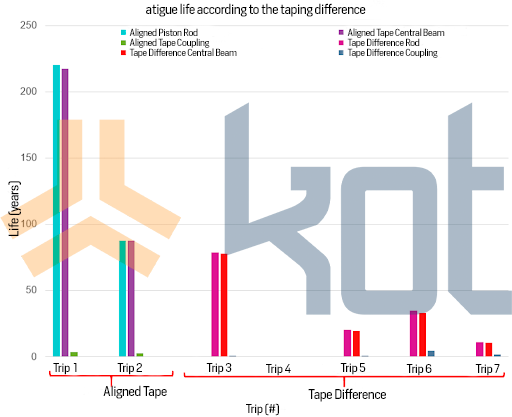
Digital Simulation
Digital simulation of the center buffer coupler was also performed. The components were analyzed separately, validated, and calibrated against field data. Figure 8 shows the deflection results on the coupler model.
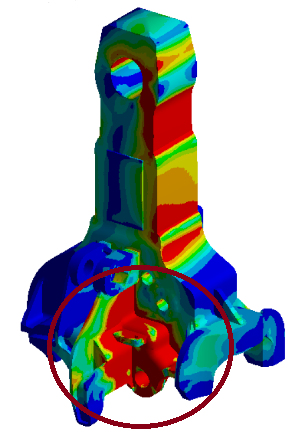
It is observed that the coupler head, near the pin region is a region susceptible to nucleation and propagation of cracks, this conclusion was obtained through simulation and checks performed by the finite element model.
Recommendations
With the conclusion of the analysis, KOT recommended reinforcement and change of the material of the coupler used. The new material presents better fatigue life characteristics, obtaining a minimum increase of more than 200% when compared to the previous one.
Conclusion
Aligned with the pillars and fundamentals of Industry 4.0, digital simulations are essential analyses for comprehension of effects not visible to the naked eye. With them it is possible to study behaviors, evaluate improvement points, and indicate changes for optimizations. In addition, the theoretical and experimental analyses enable the grounding of digital simulations, further increasing the assertiveness of the work.
KOT can be your partner in matters related to Industry 4.0, helping you to understand real and complex engineering contexts and possibilities. Contact the team for more information.
Get in touch with KOT’s specialists team!

KOT Engenharia’s Team
With over 29 years of history and various services provided with excellence in the international market, the company promotes the integrity of its clients’ assets and collaborates in solutions to engineering challenges. For this integrity, it uses tools for calculation, inspection, instrumentation and monitoring of structures and equipment.
References:
[1] All about digital simulation, one of the main pillars of Industry 4.0, SENAI [S.I]. Available at: https://www.senairs.org.br/industria-inteligente/tudo-sobre-simulacao-digital-um-dos-principais-pilares-da-industria-40
[2] KOT Engenharia Collection.

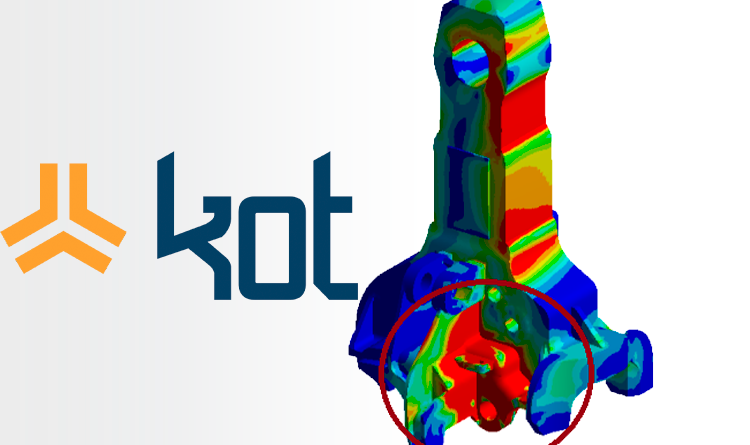
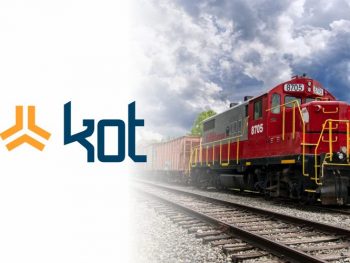
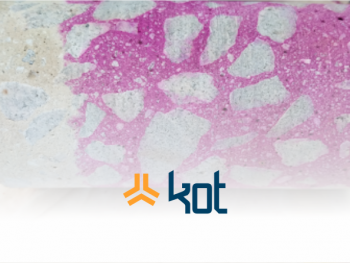

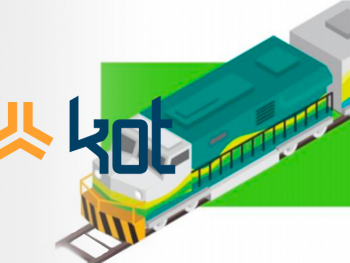
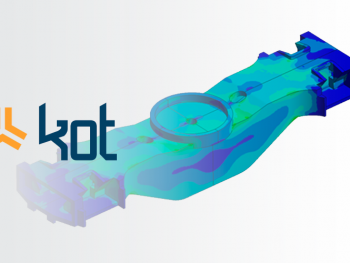

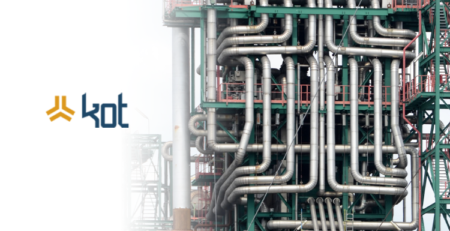
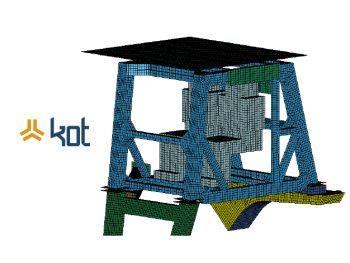
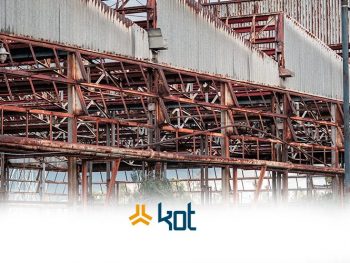

Leave a Reply